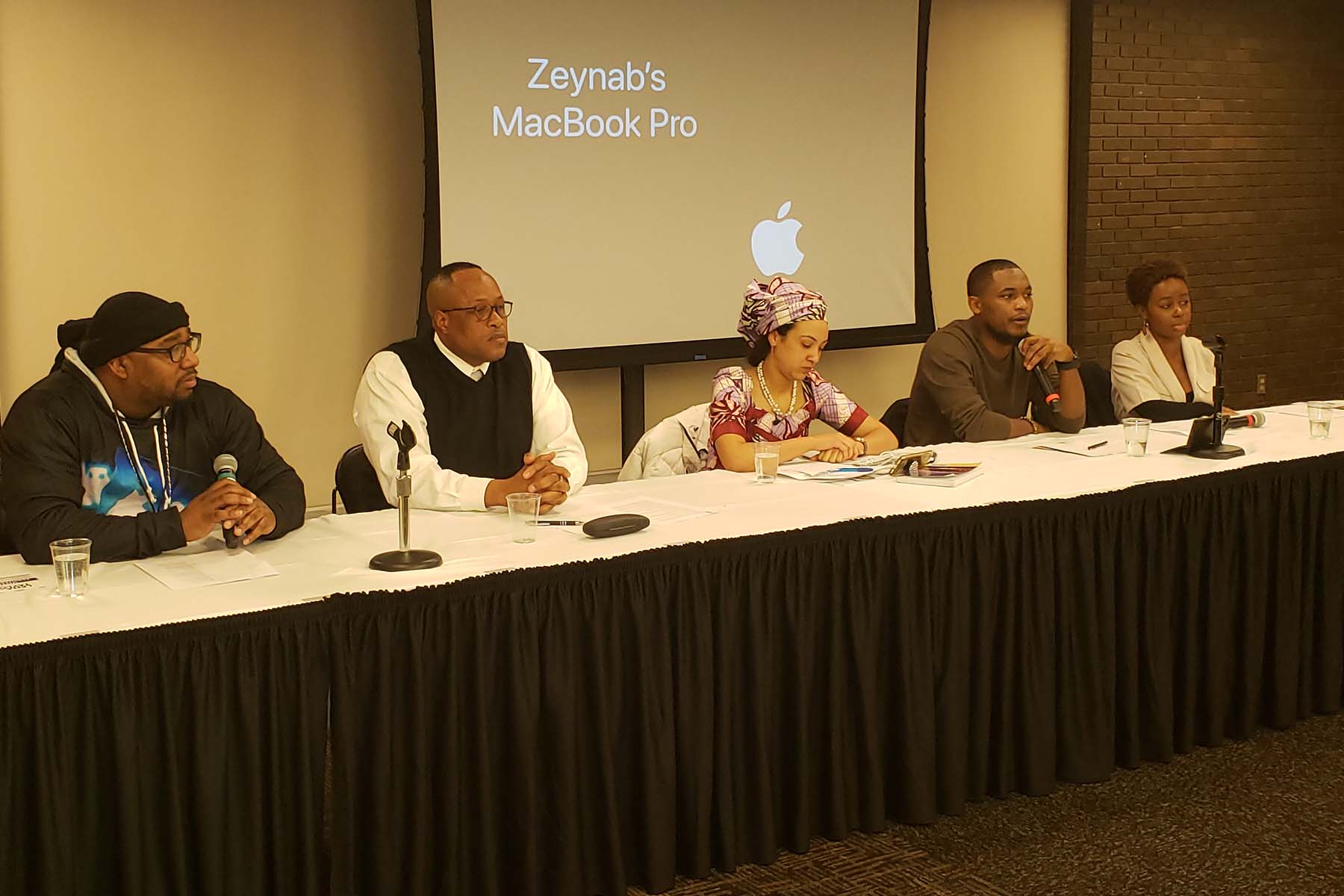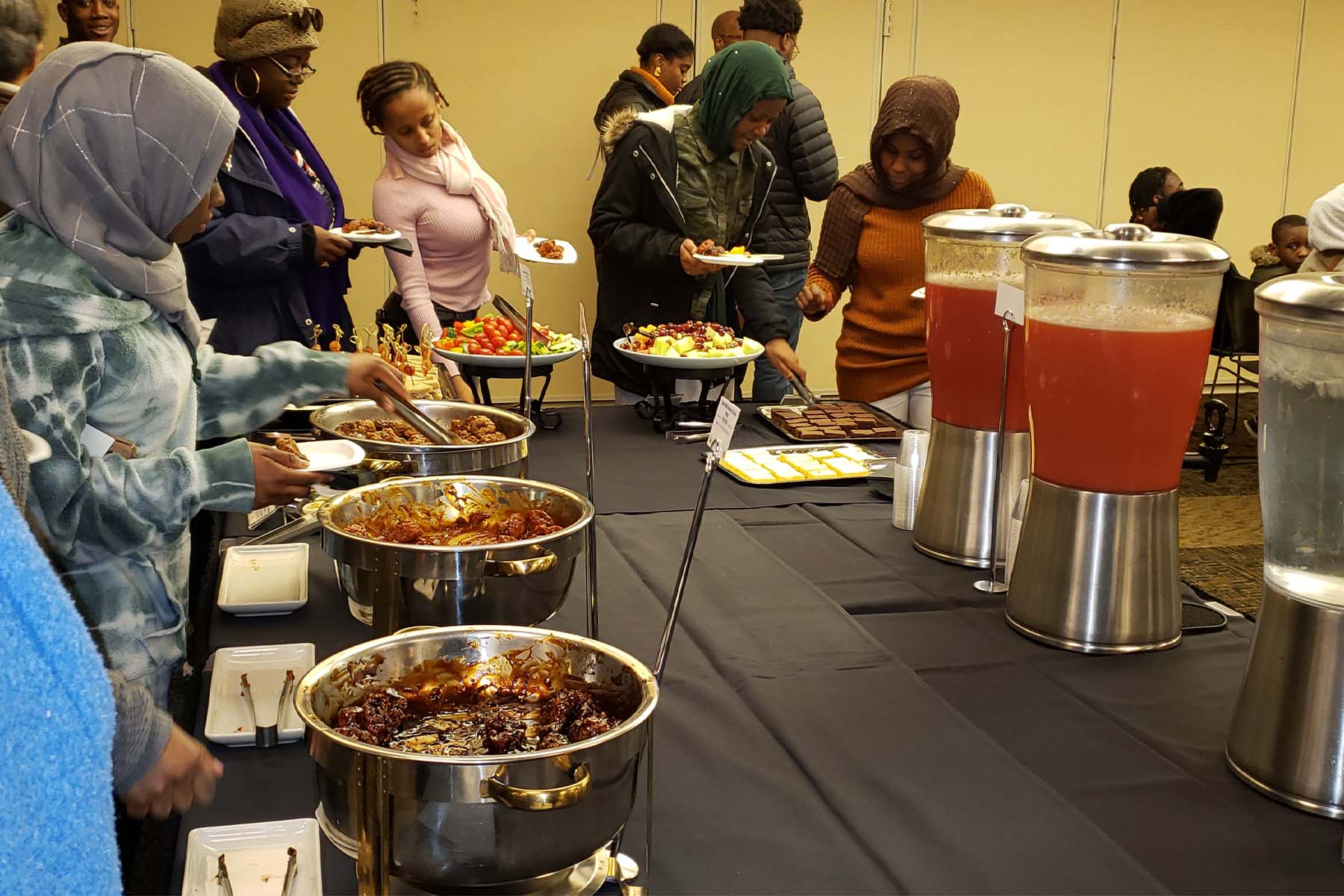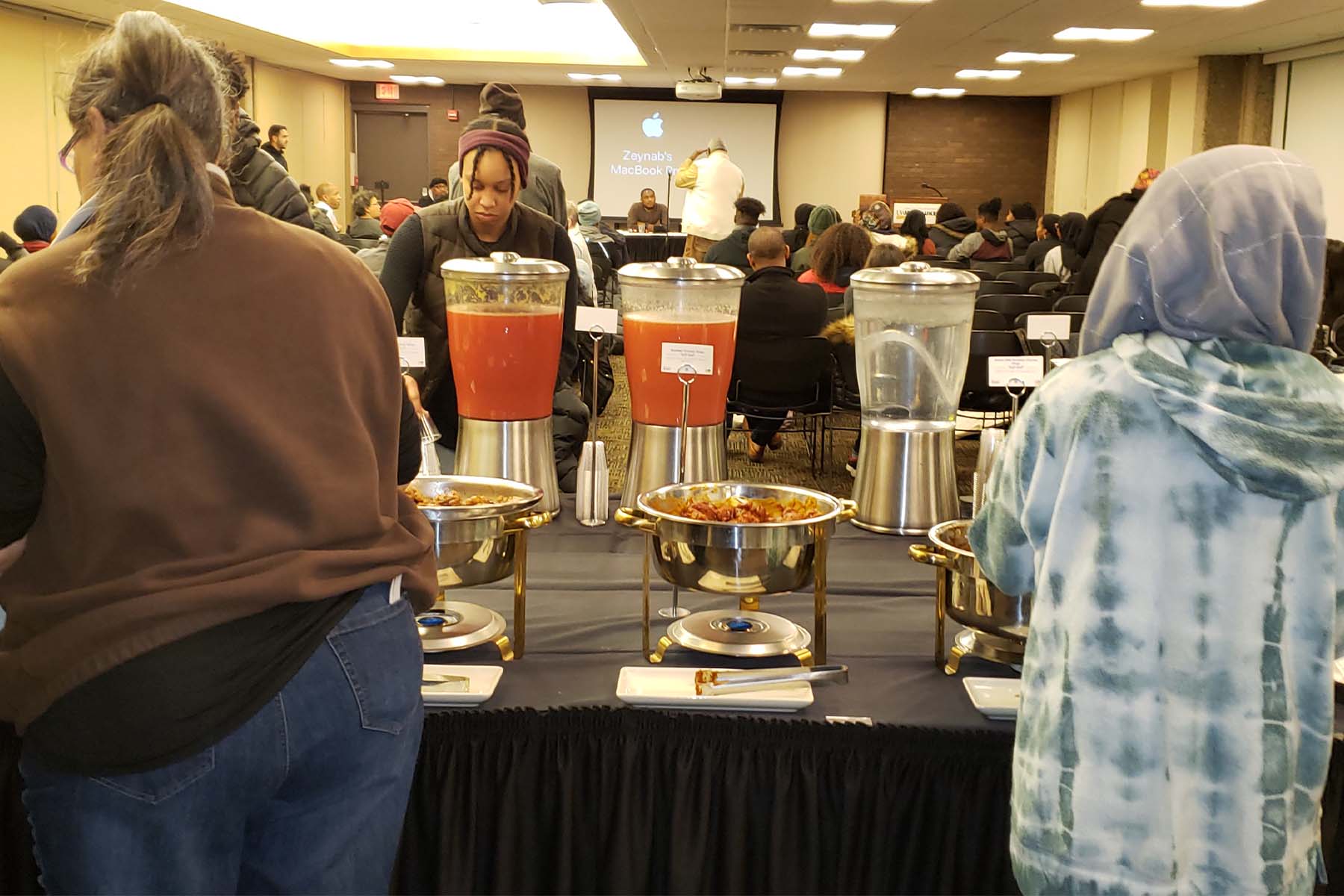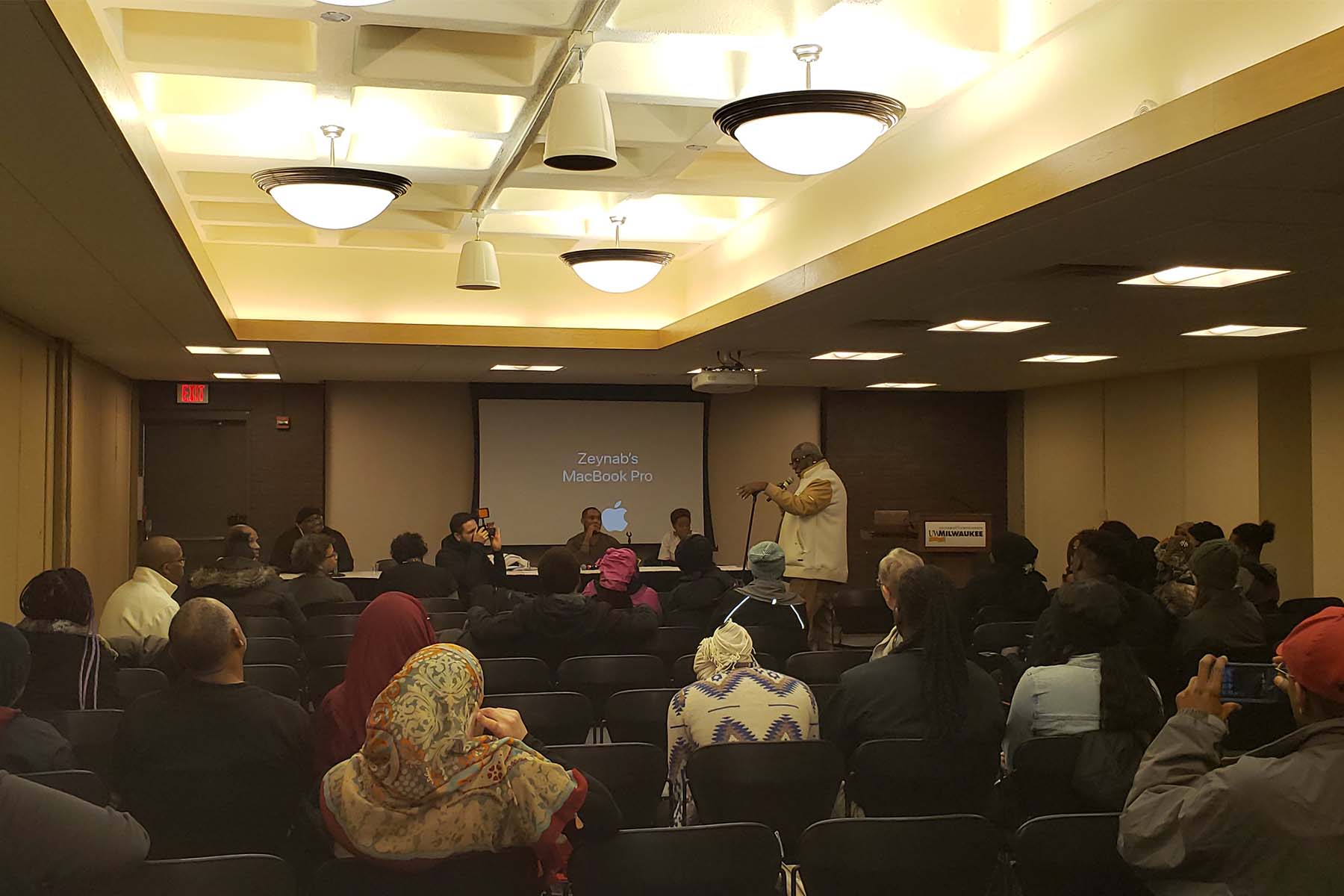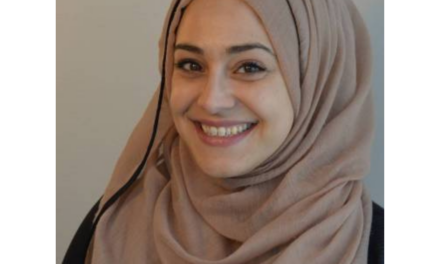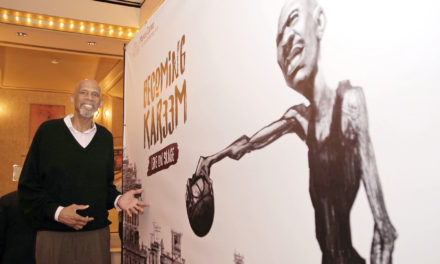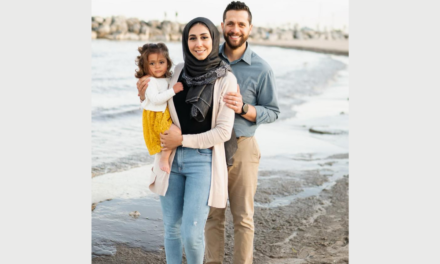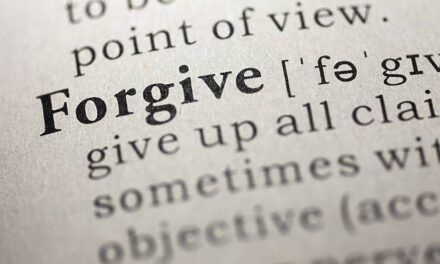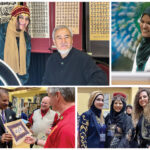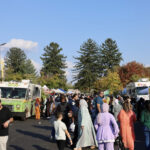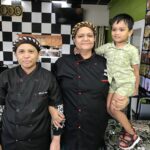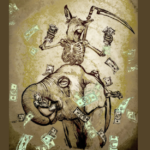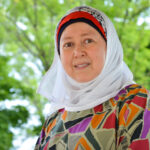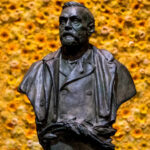At an urban university with a growing minority student population, the African Student Union provides opportunities for unity. ASA hosted a panel called “How Black is Black Enough?” at the UWM Union’s Wisconsin Lounge on Wednesday night.
The catered affair – provisioned by UWM catering – was attended by about 150 activists and community members, including the Somali community, UWM students and faculty, and ASA’s longtime partner organization, the Black Student Union.
The moderator, Kenyan-born Anita Mogaka, the Urban League’s social media and communications coordinator who is starting her own media-marketing business, read questions from the audience on a variety of topics, and the well-versed panel responded. The panelists were Lavelle Young, president of the Black Student Union while an undergraduate at UWM, now CEO of Young Development Group; Ameera Abukaka Yusuf, UWM ’17, who grew up as a member of the Nigerian Hausa tribe; UWM professor Dr. Troy Washington; and community activist Vaun Mayes.
Unity was on everyone’s mind. Yusuf, who graduated from Salam High School after spending twelve years living in Nigeria as a child, said she finds “more of a unity here [among black people] than there was over there [in Nigeria].” While Yusuf was a student at UWM, she was part of a group from ASA and BSU that hosted an award-winning event called “The Great Divide” on what it means to be African versus African-American.
Yusuf, who is dressed in Hausa garb, a colorful scarf over her hair and a matching blouse, remarked that when she was a UWM student, ASA and BSU “did everything together.”
However, Professor Washington pointed out that while Africans and African-Americans may be united, they are not the same. Speaking of his fellow African-Americans he said, “We’re disenfranchised. There’s this disconnection. We’re not really a part of here. America doesn’t embrace us.”
Washington, who is doing post-doctoral work at UWM’s Helen Bader Institute, is engaged in relationship-building with Africans attending universities in other countries. “Here in America, I do feel undervalued from the system,” he said, although he is “appreciated from my people.”
Vaun Mayes, earnestly said, “Because you know your heritage. You have that pride. You have something to hold on to, to carry on.”
Both Mayes, an organizer and activist, also known for his connection with the Sherman Park riot of 2016, and Washington, a professor, emphasized the importance of fortitude in their work, of continuing to build the legacy. It resonated with the topic of Black Love, and Professor Washington’s statement that, “Black Love is legacy.” It means to “continue to follow through with the legacy – that’s black love. The fortitude that it takes to keep on going. I take it very seriously.”
“I almost don’t want to spoil the mood with this next question,” Mogaka said, “but what about: ‘Opinions on Interracial Dating’?”
Yusuf said frankly, and with ultimate practicality, “Be strategic in choosing who to love. Pick some one who’s ‘down for the cause.’”
Vaun Mayes followed up on a more passionate note: “I see the power and the beauty in our women. When those floodgates (of equality of opportunity) opened for us, we all went crazy. It’s almost a defiant act. But at the end of the day, I’m invested in black people and black women.” He added, “We chase after things” because we want “to be different” to be considered different from the rest of the community. “It becomes an element of self-hatred. We really need to self-reflect and see why we are doing what we’re doing.”
A topic prominent at lectures and conversations in various cultural sites around town is Toxic Masculinity, and Wednesday night was no exception. Mogaka announced two questions: “How do you define [toxic masculinity]? And, “How does it specifically affect the black community.”
Professor Washington seemed skeptical about the very idea. “These are traditional cultural norms,” the professor said, but for black men, they create an image of “hyper-masculinity. You have to exude this ‘I’m an alpha male’” quality. You can’t turn it off.” And that means, “you are always anticipating” that “there can be a challenge.”
But certainly, the professor agreed, toxic masculinity had an influence on relationships. “The PhD program is designed to break up a union” but there is also “the cloak of oppression on our backs every day, weighing us down.”
Lavelle Young broke it down with his own definition. “Toxic masculinity is the son of white supremacy,” he said. It becomes less of an issue, “when we know our history. We came from a place of equality in terms of men and women,” said Young, referring to women tribal leaders in Africa. “White supremacy has done a lot of damage to the story that we tell ourselves. But when we really start to value ourselves” toxic masculinity is less of an issue.
Mayes saw another problem. Instead of “hyper masculinity,” he saw “hyper-effeminization.” He defined this as a historic survival strategy of black women during slavery, when a masculine black child, one who could grow up to fight back, could be beaten, killed, or castrated by white masters. “Black women would make their sons un-masculine to hide them from the slave master,” Mayes said, adding that he believes this practice is still alive in some form. “We’re seeing that today with the single mothers.” Their sons are “taking on the traits of not having men around . . . reacting with emotion. . . you take the testosterone away from the man and replace it with equal levels of estrogen. . . in female-dominated households” and the result is “we are not acting like men, [not] being logical in our thoughts.”
“Feminists,” he said, “are toxic to men – and to other women – in certain situations.”
The topic “Black Empowerment” yielded more optimistic responses from the panelists. The strongly pragmatic view of Lavelle Young defined it as land ownership, entrepreneurship, wealth building. “We can’t deny that the world is run by the dollar,” Young said. “We can demand more if we have a powerful economic base. We need to study finance and have financial literacy education so we can provide for ourselves, give back to ourselves.”
He mentioned that 60 years after the end of slavery, in the 1920s, African-Americans had their black Wall Streets, their Bronzeville neighborhoods. That heritage was largely destroyed, partly by racist riots like the attack in Tulsa, Oklahoma, and later by desegregation. “We’re a hundred years away,” Young said, and ready for a new black Renaissance.
Vaun Mayes added his own thought about black empowerment, “Are we taking [enough] advantage of the segregation?”
